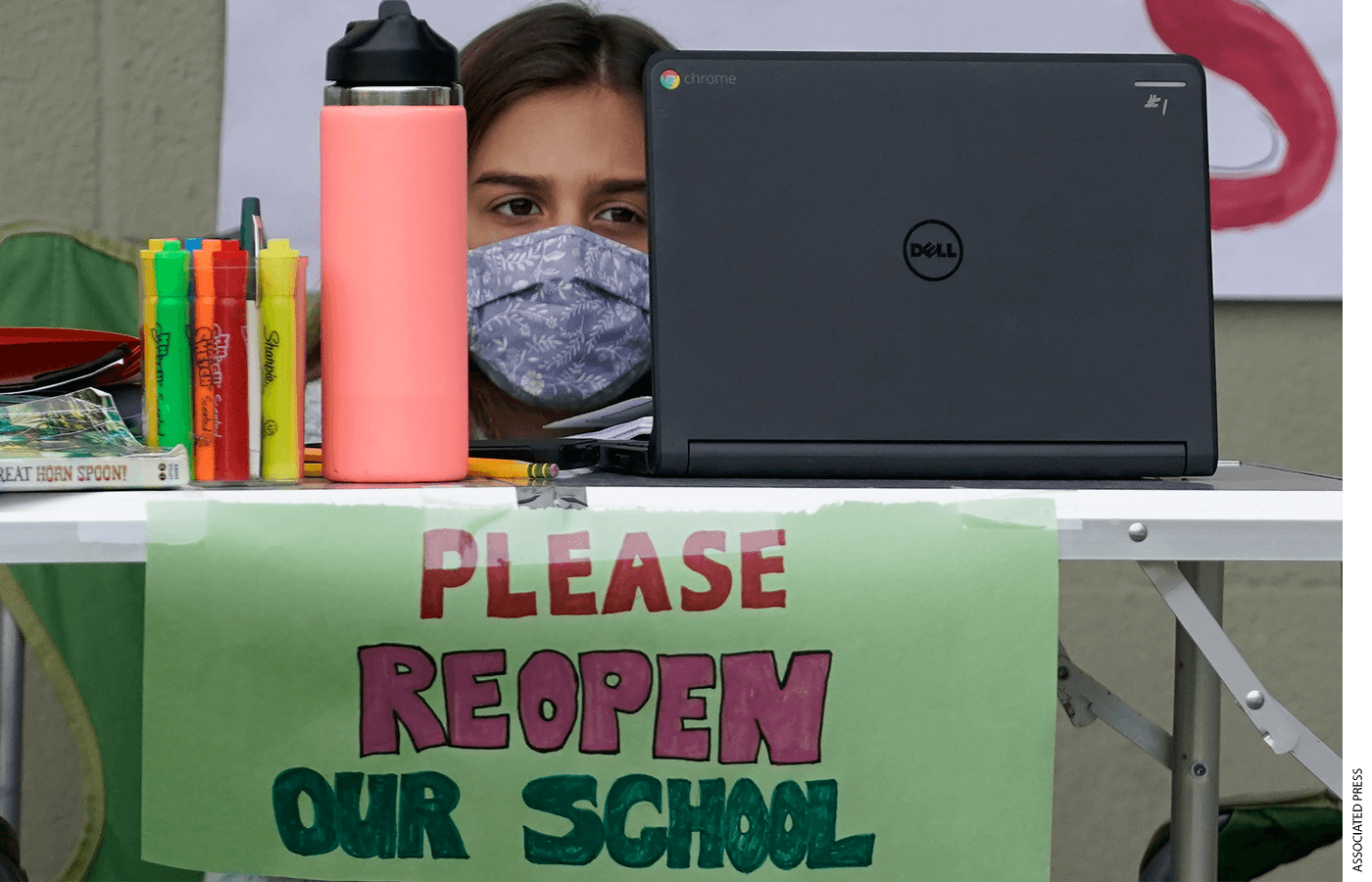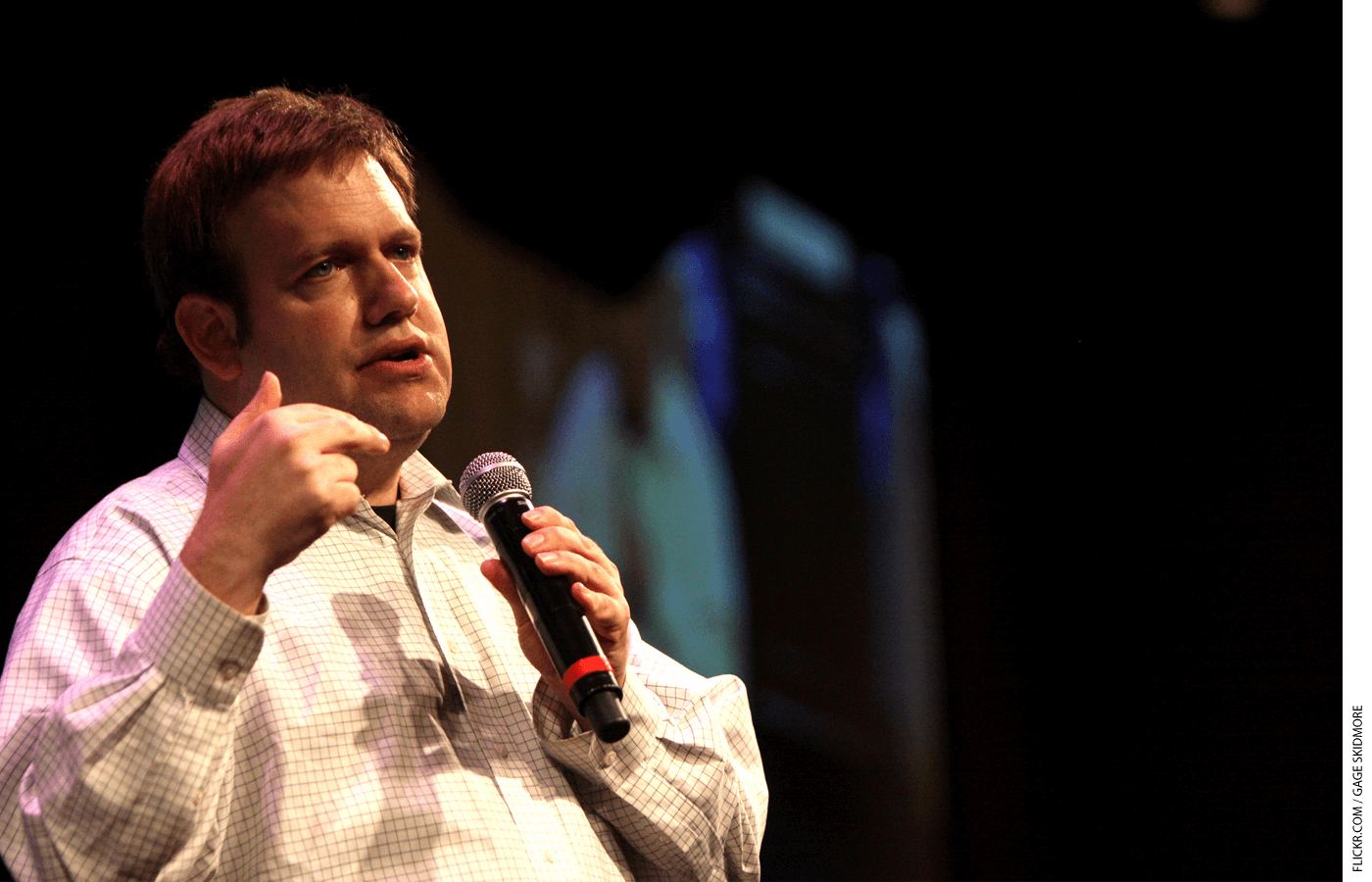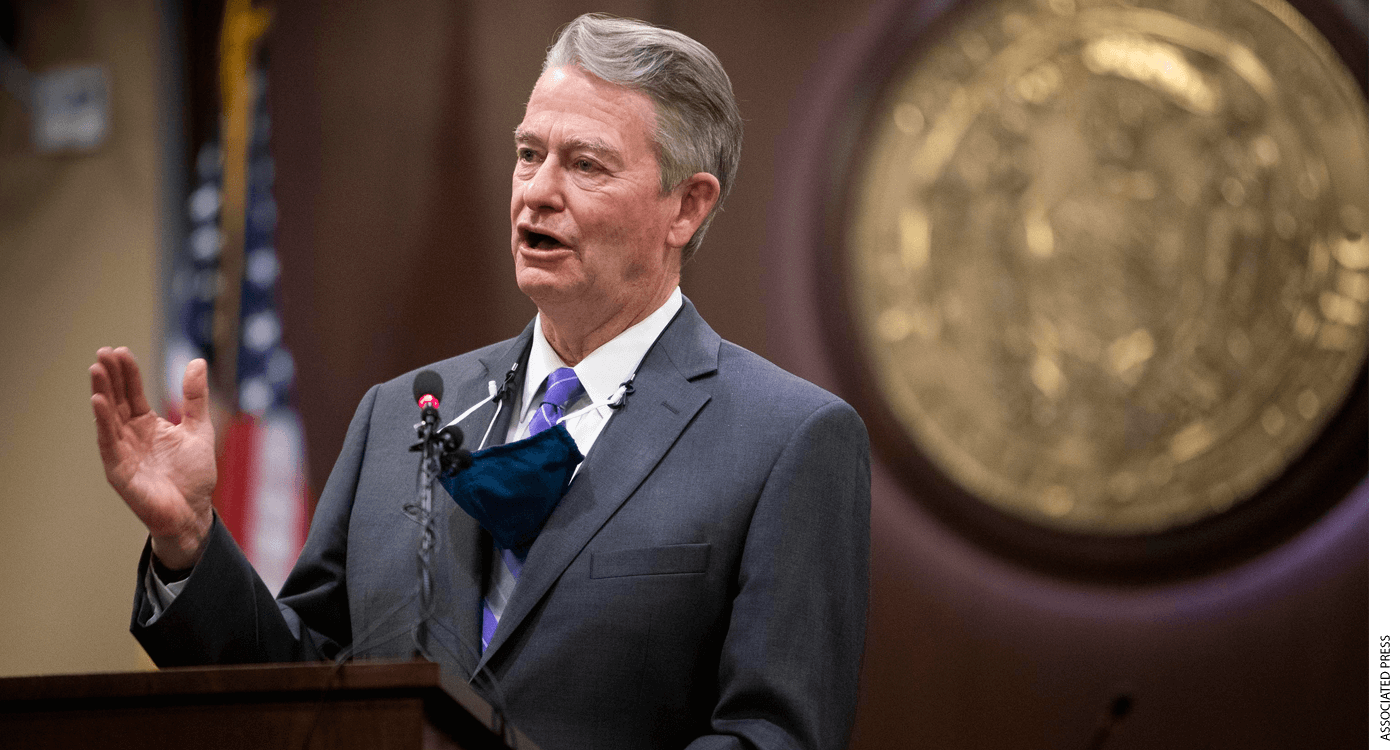
After surveying 1,000 public and private school parents on how Covid-19 affected their view of schools, longtime pollster Frank Luntz of FIL Inc. expressed surprise: “Never in my lifetime have so many parents been so eager for so much educational change.”
An article in The Atlantic is headlined: “The Pandemic Has Parents Fleeing From Schools—Maybe Forever.”
Covid-19 shock put parents in charge of their child’s education in ways no one ever imagined, let alone experienced.

It made them think about schooling in new ways.
It drove them to seek different options for educating and supporting their children.
And it inspired imaginative individuals to expand existing or create novel ways to support that new demand.
The dynamics of parent response to Covid-19 shock are reminiscent of a conceptual framework described just over 50 years ago by economist Albert Hirschman in Exit, Voice, and Loyalty: Responses to Decline in Firms, Organizations, and States. He describes how individuals as consumers in multiple domains respond when facing decreasing quality or benefit in the services they are receiving. In short, the response can be either exit or voice, with loyalty affecting one’s analysis of whether to use exit or voice.
The result of the Covid-19 shock dynamic in K-12 is a more pluralistic education system, one that’s being redefined to include more options from more providers for more families and students.
What are parents saying and doing about the response of public schools to Covid-19 shock? Or to use Hirschman’s words: what are they voicing; are they exiting or loyal?
According to the FIL poll, parents say they don’t want schools to “return to normal” after Covid-19.
Two of three (66 percent) say we need to rethink “how we educate students, coming up with new ways to teach children.”
They also want to try new ways to finance their children’s learning.
Nearly eight in ten (76 percent) want to see “education funding follow the student to whichever school they or their parents choose.”
And eight in ten (80 percent) want the government to provide education savings accounts for families, defined as “allowing parents to receive a deposit of public funds into government-authorized savings accounts.”
Gallup reports that parents saying they’re “completely satisfied” with public schools going into the 2020 school year dropped 9 points from the prior year, to 32 percent from 41 percent.
This dissatisfaction is driving them to vote with their feet—to exit. They’re withdrawing—or not enrolling—their children in schools. No, not all of them. Many are remaining loyal. But some portion of them are exiting.

Herman Landshoff, photographer. From the Institute for Advanced Study, Princeton, NJ,USA
Gallup reports that parents home schooling their child nearly doubled, to 10 percent from around 5 percent. And those enrolling their child in a public school decreased 7 points, to 76 percent from 83 percent.
The homeschooling number is reinforced by new data from the U.S. Census, which also found homeschooling increased, to 11.1 percent of households from 5.4 percent, even after a clarification was added to the question to make sure that households were reporting true homeschooling rather than virtual learning through a public or private school.
The Education Next survey also found shifts away from traditional district-run public schools, including a decline in district public school enrollment to 72 percent of students from 81 percent between the spring and fall of 2020. The Education Next survey found an increase in homeschooling to 8 percent from 6 percent, along with increases in private school and charter enrollments. Though the increases were too small to be statistically significant, they track with the other surveys.
How are policymakers and others responding to this dynamic, to this exit and demand for more and different options?
Lawmakers in nearly a third of the states have proposed bills to establish or expand a variety of taxpayer funded programs. These include education savings accounts and tax credit scholarships that allow taxpayers to receive tax credits when donating to nonprofits that provide private school scholarships.
And governors are using federal Covid-19 relief funds in inventive ways. For example, Idaho Republican Governor Brad Little has created a new $50 million Strong Families, Strong Students Initiative. Under the program, eligible families could receive $1,500 per student, with a maximum of $3,500 per family. The money can be used to purchase eligible educational materials, devices, and services. Other governors have created similar programs.
What other alternatives are exiting parents choosing?
Some are choosing traditional private schools, including Catholic schools. For example, Tom Carroll, the head of Boston’s Catholic Schools, said enrollment demand increased in “all our 100 schools” following the closing of public schools in Boston and its surrounding areas.
The best known of the newer alternatives are Parent Organized Discovery Sites—or pods—micro schools, and virtual schools.
Pods involve small groups of children learning together in person or virtually. A variety of actors—local government, non-profits, parents, corporations—start these programs. They use volunteers or hire teachers or other adults to supervise the program.
They typically serve families with children enrolled in a school’s online learning program, supplementing this with special services. These include tutoring, childcare, and afterschool programs so students socialize and pursue academics or extracurricular activities with friends.
Pods are paid for in different ways. Families pay directly “out of pocket” or receive them as employee benefits. Some pods provide scholarships for low-income families. Other approaches include using state or local tax dollars or support from nonprofit and philanthropic organizations.
San Francisco Mayor London Breed opened 84 pod locations called community learning hubs run by the city. The program was started as the city’s response to a dispute with the school district’s closing policies. It serves around 2,400 children, about 96 percent racial minorities.
In Columbus, Ohio, the YMCA is offering pods for students ages five to sixteen who are attending school virtually. Students can arrive as early as 6 a.m., with learning sessions starting at 8 a.m.
In Minnesota, the Minneapolis based African American Community Response Team is created the North Star Network of community ZOOM pods. They supplement online learning offered by schools, providing a quiet learning space, technology, and tutors.

JPMorgan Chase offers discounts on virtual tutors and pods for eligible employees accessed through its employer sponsored childcare provider, Bright Horizons. It’s also opened its 14 childcare centers for employee children as a no-cost place for remote learning with supervision.
Micro schools reinvent the one room schoolhouse. They’re usually groups of 15 students or less, engaging three to six families. They might employ one teacher, or alternatively, parents teach, hiring a college student or other “grown-up” to assist.
Prenda is an Arizona based network of micro schools, growing from seven students in one neighborhood in 2018 to over 200 schools. School can be held in homes or almost any public space like a community center or library. They are led by a Prenda Guide, a trained mentor who doesn’t need to be a certified teacher. During the pandemic, they’ve expanded to Colorado and grown to over 3,000 from 550 students. They follow social distancing guidelines of their local jurisdiction.
Florida Virtual School is an accredited online tuition-free school founded in 1997. It employs Florida certified teachers and works with public, private, charter, and homeschool families and school districts nationwide. Since the pandemic, it has seen an increase of over 231,100 new course enrollments—a 57% increase—in its open-registration, part-time Flex program.
The VELA Education Fund is supported by philanthropy. It invests in family education innovations that meet children’s academic and social-emotional needs. It awards microgrants of up to $25,000 to students, families, and educators innovating outside the traditional education system. For example, Zucchinis Homeschool Co-op is a parent led pod serving 4 to 10 year olds, including the younger siblings of students at The LIFE School, an accredited, project-based high school in downtown Atlanta. VELA also awards larger grants of up to $250,000 for programs that expand to serve more students and families. Prenda’s micro school expansion to Colorado was funded by VELA.
Websites like SchoolHouse, LearningPodsHub, and Selected for Families are helping families form pods and assist teachers and tutors in providing services to these families.
SitterStream is a startup created at the beginning of the pandemic. It offers on-demand babysitting and tutoring to students, individually or in pods. It has partnerships with small and large businesses who provide these services to employees, with Amazon one of their corporate clients.
iCode is a national computer science education franchise that offers onsite and virtual computer coding for young people. It now offers supervised, in-person or remote online learning support to help working parents manage school closures and online schooling for their children.
How much of this will “stick” beyond the pandemic? No one knows for sure. But it seems reasonable to bet that some will stick.
A Civis Analytics national survey reports that eight of ten (83 percent) K–12 parents who disenrolled children from school say they will reenroll them in their original school once it is safe to do so. In Hirschman’s words, loyalty is stronger than a permanent exit, for these parents.
An NPR/Ipsos national poll found that almost 3 in 10 (29 percent) of parents were likely to stick with remote learning indefinitely. That included about half of the parents who are currently enrolled in remote learning. Exit is the preferred option for this group.
And a RAND Corporation analysis of a survey from their new American School District Panel, which consists of leaders of more than 375 school districts and charter management organizations, found that about 1 in 5 are considering a remote school option after the end of the pandemic.
Cobb County, Georgia serves over 112,000 students. Itis the second largest district in the peach state and 23rd largest in the nation. Superintendent Chris Ragsdale announced that the district would enact a classroom choice program for the 2021 school year. The online learning for grades 6-12 will be supported through Cobb Online Learning Academy. Local school based online learning will be in place for PK-5 along with Cobb Horizon Academy and Cobb Virtual Academy for part-time online learners. In this case, the organization is listening to voice and responding in new ways.
All this suggests some significant number of parents and students will return to some version of the “old normal.” But some won’t. Some have exited, permanently. So the long-term effect is a question of magnitude.
Covid-19 shock has thrown K–12 schooling into disarray. But it’s also catalyzed creative and determined parents, innovators, and policy leaders to respond in new ways. Their creativity and entrepreneurship is characteristically American and impressive, even if driven by urgency and exasperation.
Our best hope is that our emergence from COVID-19 shock positions us for what could be a new era in educational excellence, one in which families have more direct control over, and options for, their child’s education. One in which they are truly trusted and supported in making decisions about their children’s schooling. One that gives our children an effective education that prepares them for opportunity and success.
Bruno V. Manno is senior advisor to the Walton Family Foundation’s K-12 Program.


